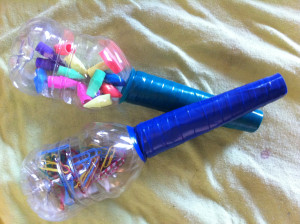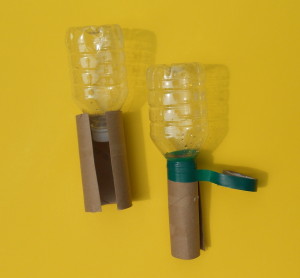 Most people associate making music with expressing yourself, having fun and making noise! Although its great fun to sing, dance and play an instrument, there are also many world traditions that use music to quiet the soul, to learn to listen and to encourage rest, sleep or meditation. Quiet time instruments or music are perfect for sharing with your children around naptime, bedtime or for a break during a busy day.
Most people associate making music with expressing yourself, having fun and making noise! Although its great fun to sing, dance and play an instrument, there are also many world traditions that use music to quiet the soul, to learn to listen and to encourage rest, sleep or meditation. Quiet time instruments or music are perfect for sharing with your children around naptime, bedtime or for a break during a busy day.
The Rainstick
Originally, rainsticks were made from a special cactus whose long “arms” dried and fell to the ground. They were filled with seeds, beads or pebbles and as these tiny objects fell from one side of the cactus to the other, the sound that emerged was like a gentle rain or a quietly trickling stream. The sound of a rainstick (known in South America as palo de lluvia) is so peaceful and relaxing that it is often heard in meditation tapes or used as part of music therapy.
How do you play a rainstick? You turn it up-side-down or hold it at an angle so that the contents can flow from one end to the other. Notice the difference in sound when you hold it vertically or at an angle. You can also “shimmy” the rainstick gently as it flows or hold it horizontally and shake it like a rattle.
How can you use the rainstick as a quiet time instrument? “Play” the rainstick along with relaxing music until you feel like resting or try some of these games.
A class or group of children listen to rainstick while a teacher turns it over. When the last pebble falls, the first child with their hand up gets to be the new leader or wins that round.
Try the above game with the children’s eyes closed.
Try this game with young children at naptime in a preschool setting. After each child has a chance to play the rainstick, they lie down to rest. The teacher picks each student by seeing which one is waiting most quietly and giving them the first turns until everyone is ready to rest.
Use your own ideas and make up your own games or rainstick activities. Don’t have a rainstick? You can win one from DARIA’s world music for kids website or make your own version from simple, recycled materials, by checking out the links below.
The sound of the surf can be so soothing. And playing an ocean drum, can help you bring the quiet sound of ocean waves right into your classroom or home, creating a relaxing space to rest or refocus your energies.
What is an ocean drum? It’s a two-sided drum with clear material stretched over a round frame. Inside the drum are small round objects such as bee-bees or pebbles. As the drum is tilted back and forth, the tiny objects move across the head of the drum creating a sound remarkably like ocean waves gently breaking on a beach.
By holding the drum at different angles, the player can control how the waves move – quickly and enthusiastically or softly and quietly. Along with the repetitive sound, the look of the small objects moving back and forth can create a relaxing experience that is remarkably comforting for any child but one that is especially appreciated by children on the autistic spectrum.
Don’t have an ocean drum? You can make your own version from a shipping box. Find the simple instructions at the link below.
In the near future, we’ll do a detailed article on using these additional two instruments for relaxation and quiet time with small children. In the meantime, you can to find more general information and a “Make Your Own Tingsha” post at the links below.
———
Links:
Make Your Own Rainstick
http://www.dariamusic.com/docs/RAINSTICK%20Instructions.pdf
 Make Your Own Ocean Drum
Make Your Own Ocean Drum
http://www.dariamusic.com/docs/Ocean%20Drum%20Instructions.pdf
The Singing Bowl
http://makingmulticulturalmusic.wordpress.com/2013/02/16/gongs-handbells-and-singing-bowls-three-great-instruments-for-exploring-the-culture-of-china-tibet-nepal-and-asia/
Make Your Own Tinghsa
http://www.dariamusic.com/docs/MakeYourOwnTingsha.pdf



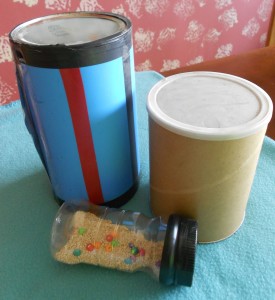
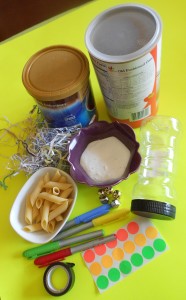

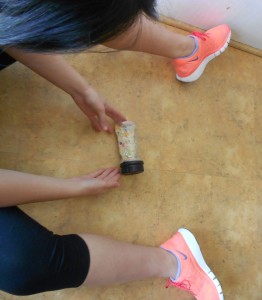
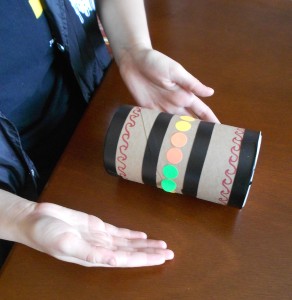
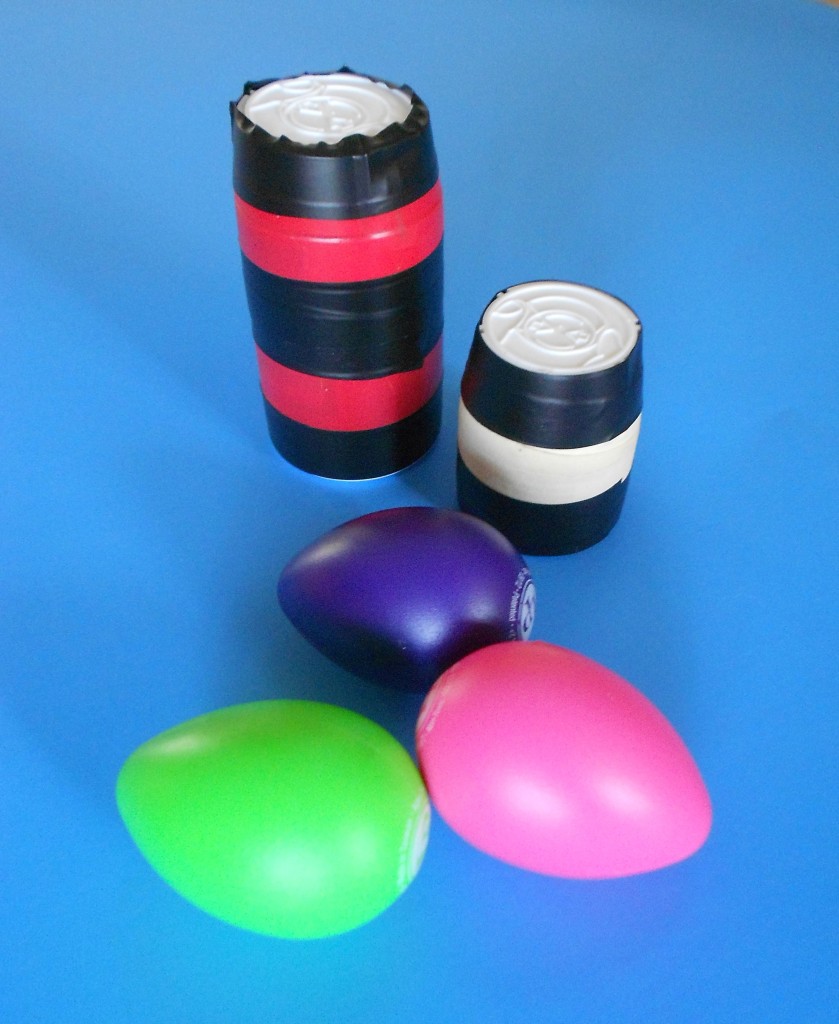
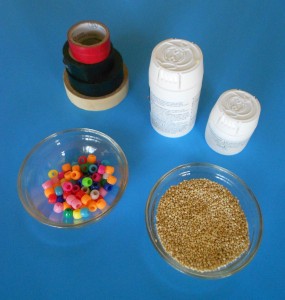
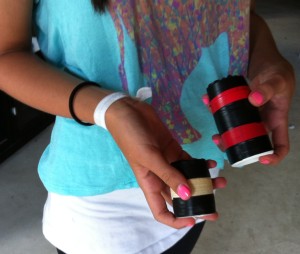
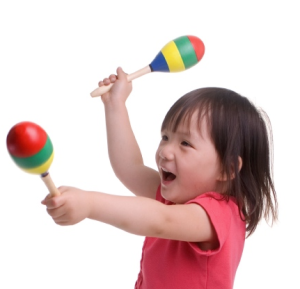
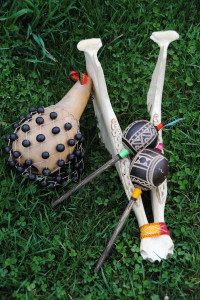
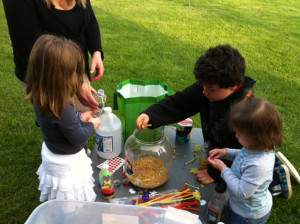
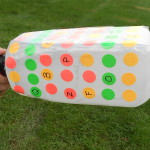
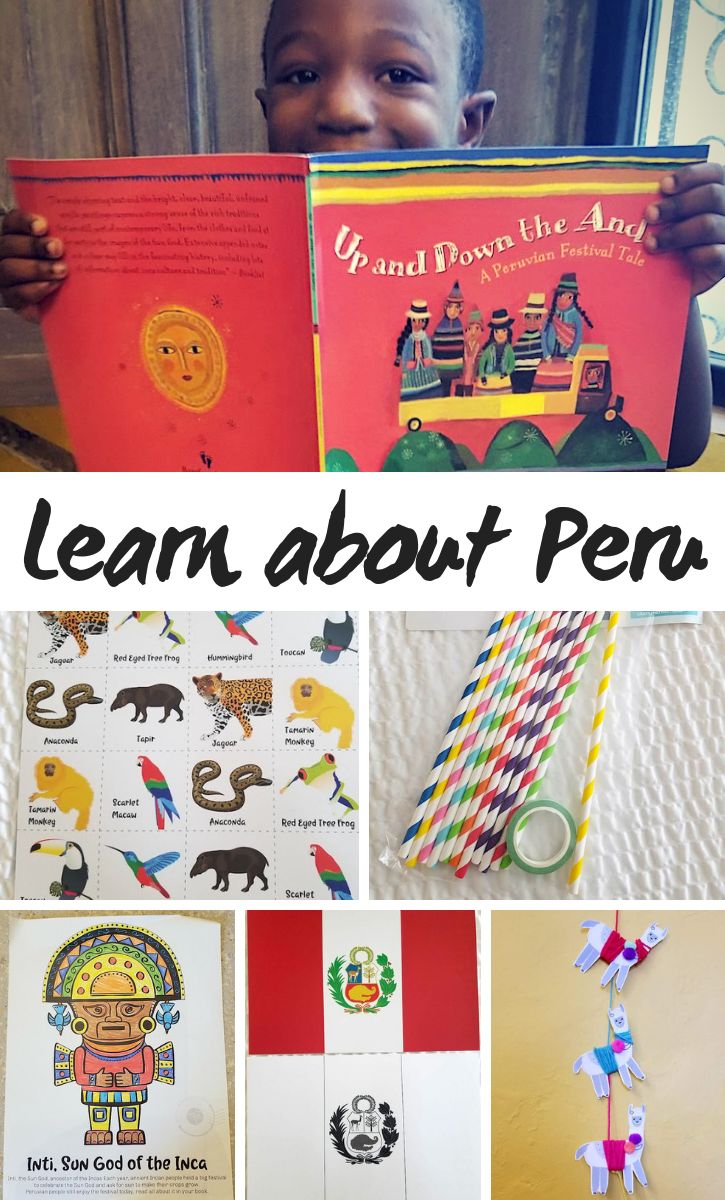

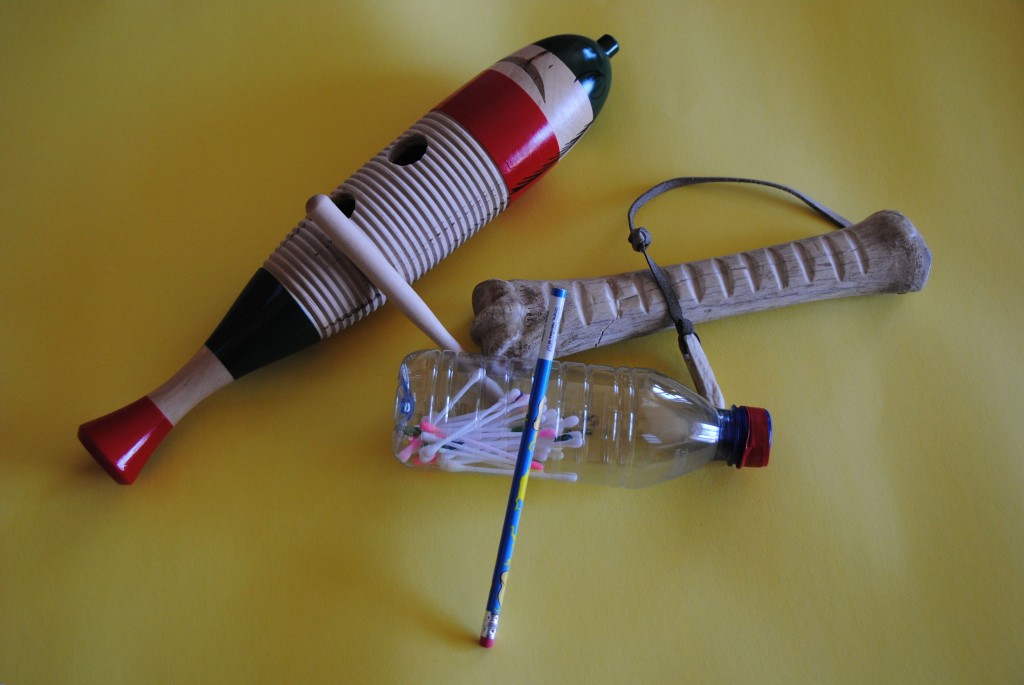
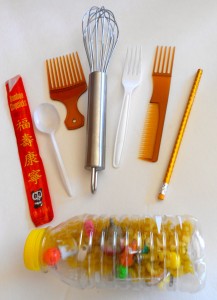
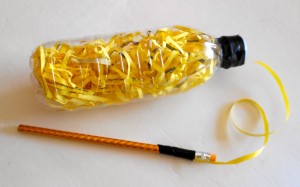

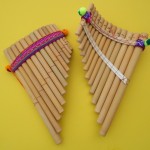
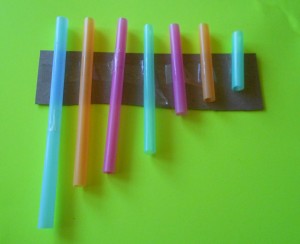
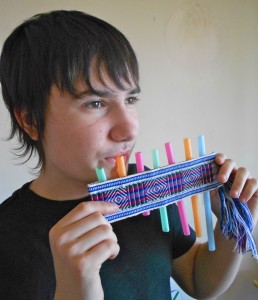
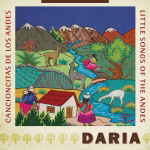
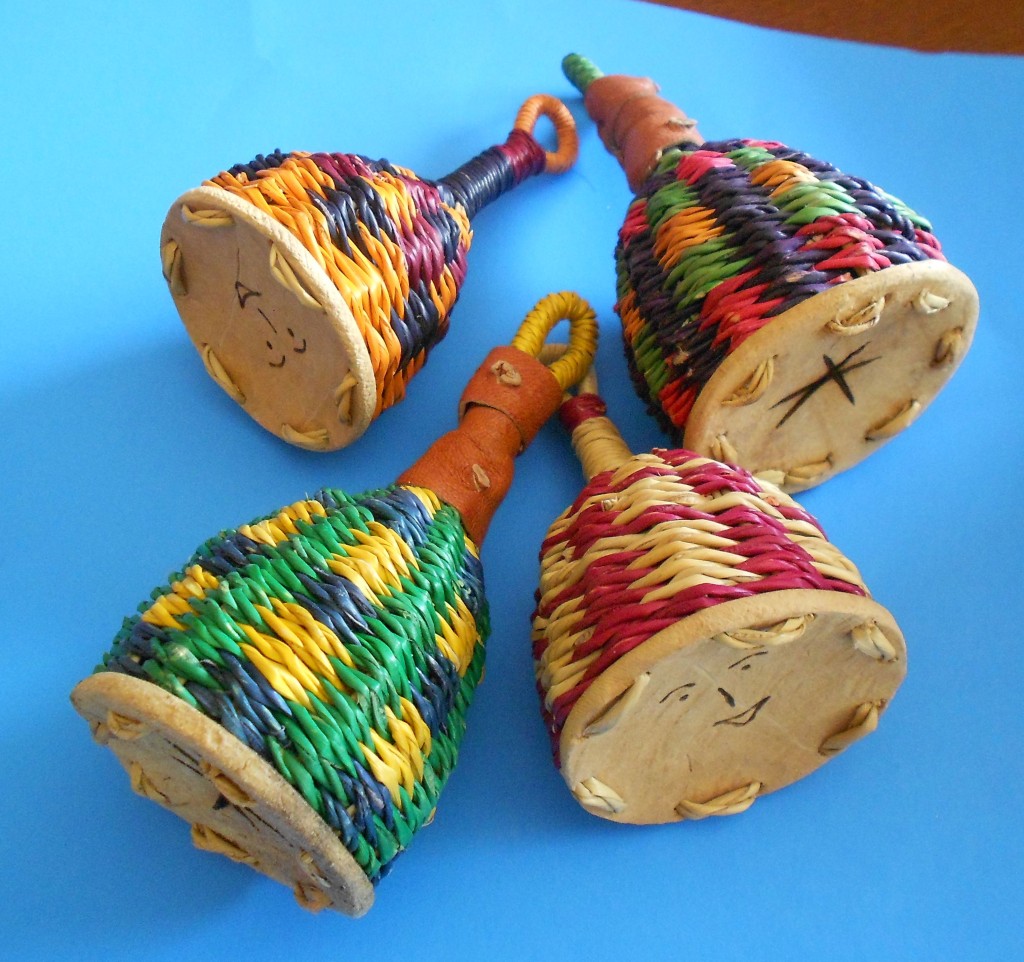

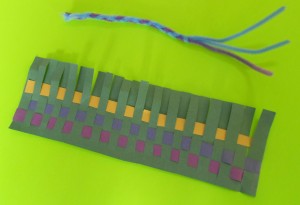
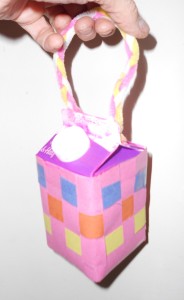
 Have you ever seen Spanish castanets? Traditional ones are beautifully crafted or carved from wood and often painted with themes like the Spanish countryside or elegant dancers. Playing the castanets is a fun way of allowing a child to develop a sense of rhythm, fine motor skills and also a great way to explore the music and culture of Spain.
Have you ever seen Spanish castanets? Traditional ones are beautifully crafted or carved from wood and often painted with themes like the Spanish countryside or elegant dancers. Playing the castanets is a fun way of allowing a child to develop a sense of rhythm, fine motor skills and also a great way to explore the music and culture of Spain.
 This craft is so easy that even an adult can do it! Feel free to learn and play along with your child. Simply put the button castanets between your thumb and first finger and click away. Play fast, slow, or tap back and forth between the left hand and right hand. Click or clack along to a favorite song or rhyme or put on a recording of music that you love. See if you can match the beat you hear or create a new one that works with the song.
This craft is so easy that even an adult can do it! Feel free to learn and play along with your child. Simply put the button castanets between your thumb and first finger and click away. Play fast, slow, or tap back and forth between the left hand and right hand. Click or clack along to a favorite song or rhyme or put on a recording of music that you love. See if you can match the beat you hear or create a new one that works with the song.
